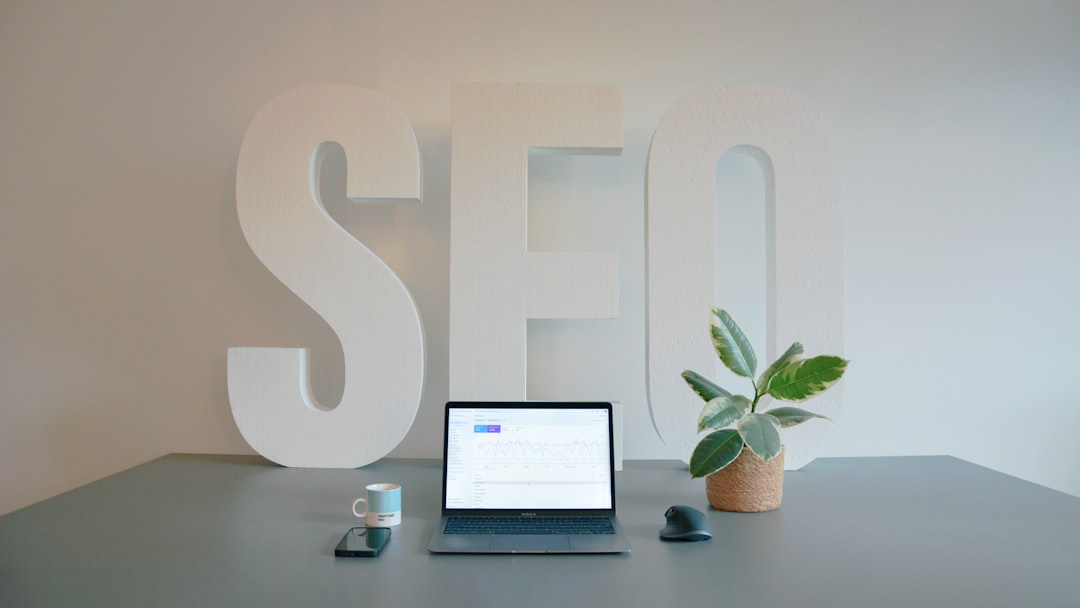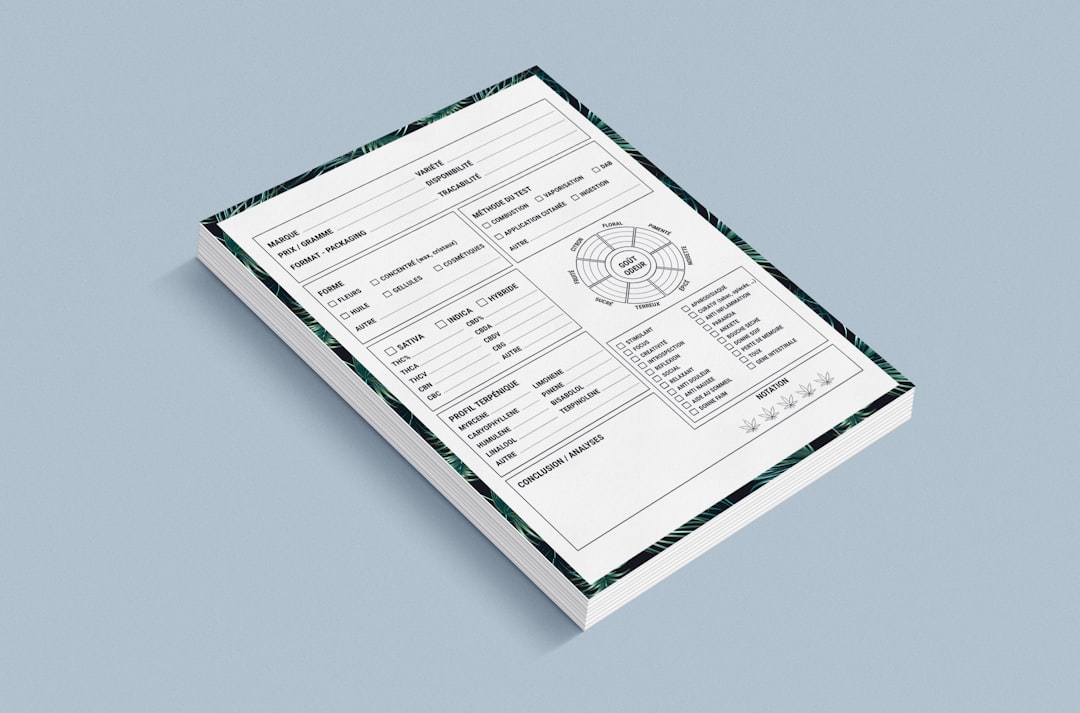In the competitive world of eCommerce, securing higher rankings in search engines is critical for any online store. For sites built on WooCommerce, optimizing product pages for SEO is not just ideal—it’s essential. Higher rankings drive organic traffic, enhance visibility, and, ultimately, increase sales. However, achieving this requires a strategic and well-informed approach that focuses on both technical and content-based optimizations.
1. Use Keyword-Rich Product Titles
Product titles in WooCommerce are also your page titles, making them one of the most crucial SEO elements. Use specific long-tail keywords that accurately describe the product and reflect what your target audience is likely to search for.
- Incorporate primary keywords naturally.
- Avoid keyword stuffing.
- Ensure each title is unique.
For example, instead of using a vague title like “Leather Shoes”, opt for something more descriptive such as “Handcrafted Men’s Brown Leather Oxford Shoes”.
2. Optimize Meta Titles and Descriptions
Meta titles and descriptions, although not directly visible on product pages, play a massive role in how your pages appear on search engine results pages (SERPs). These should be compelling, keyword-optimized, and no longer than 60 and 160 characters respectively.
- Meta Title: Use your main keyword and keep it concise.
- Meta Description: Write a clear, persuasive summary that encourages clicks.
You can use SEO plugins like Yoast SEO or All in One SEO to help manage this within your WooCommerce store.
3. Craft Unique, SEO-Friendly Product Descriptions
Many online store owners make the mistake of copying manufacturers’ descriptions. This leads to duplicate content, which can negatively affect SEO rankings. Craft original, user-friendly product descriptions that also serve a functional SEO purpose.
- Incorporate target and secondary keywords naturally.
- Highlight key features, usage, and benefits.
- Make it persuasive and customer-focused.
For enhanced readability, break content into small paragraphs and use bullet points where appropriate.

4. Leverage Structured Data (Schema Markup)
Google and other search engines use structured data to understand the content of your pages more effectively. WooCommerce already supports basic schema, but enhancing this with plugins such as Schema Pro or using custom schema can provide additional SEO advantages.
Important schema types for WooCommerce include:
- Product – to define the product name, brand, price, and availability.
- Review – to showcase product reviews and ratings in search results.
- Offer – to highlight promotions or discounted prices.
Rich snippets generated by this data can improve click-through rates even if your rankings stay constant.
5. Optimize Product Images
High-quality images are essential for eCommerce, but they can also be optimized for SEO. Rename image files to include appropriate keywords and use alt tags to describe them in a meaningful way. This not only improves accessibility but also helps Google understand the content of your pages.

Other best practices include:
- Compress images without sacrificing quality.
- Use responsive images for mobile users.
- Use a CDN (Content Delivery Network) for faster load times.
6. Improve Page Speed and Mobile Usability
Google considers site speed and mobile usability as ranking factors. WooCommerce sites can become heavy due to plugins and product images, which can slow down loading times. Use these methods to ensure fast, responsive product pages:
- Choose a lightweight, WooCommerce-optimized theme.
- Reduce the number of active plugins to minimize conflicts and performance issues.
- Use caching solutions and optimize your database regularly.
Monitoring tools like Google PageSpeed Insights or GTmetrix can help you identify specific performance bottlenecks.
7. Use Clean and Descriptive URLs
Your product URLs should be readable and include relevant keywords. Avoid cluttered URLs with unnecessary parameters or numbers and use hyphens to separate words.
For example:
Bad URL: www.example.com/product/?id=12345
Good URL: www.example.com/shop/mens-leather-oxford-shoes
Make sure your permalink structure is SEO-friendly by going to Settings > Permalinks in your WordPress dashboard.
8. Add User-Generated Content and Reviews
Customer reviews provide fresh content and social proof. They can influence purchasing decisions and also improve your SEO. Search engines consider user-generated content highly valuable when assessing a page’s value and authority.
- Enable reviews on all product pages.
- Moderate reviews to ensure quality and relevance.
- Use plugins to showcase recent reviews dynamically.
Encourage customers to leave reviews by sending post-purchase follow-up emails or offering small incentives.
9. Internal Linking to Related Products
Strategic internal linking improves site structure and helps distribute page authority across your website. Use this to link to:
- Related or complementary products
- Best sellers or category pages
- Blog posts that mention the product
For example, if a user is viewing running shoes, you could link to related products such as moisture-wicking socks or athletic gear. This not only benefits SEO but also increases the user’s time on site and likelihood of converting.
10. Add FAQ Sections to Product Pages
Adding a Frequently Asked Questions (FAQ) section to your product pages can improve the customer experience and increase the page’s content value. Moreover, this allows you to target long-tail keywords and voice search queries.
- Answer common questions concisely.
- Mark up questions and answers using FAQ schema.
- Use this section to clarify shipping, warranties, or product usage.

Conclusion
Optimizing your WooCommerce product pages for higher search rankings is a multi-faceted process that requires attention to technical, on-page, and user-centric elements. By following best practices like using keyword-rich titles, enhancing meta information, and improving product descriptions, you lay the groundwork for powerful SEO performance. Complement this with structured data, fast-loading pages, and meaningful internal linking to ensure your WooCommerce store is competitive in search engine rankings.
While results may not be immediate, consistent and strategic efforts in SEO will yield long-term benefits in terms of visibility, traffic, and conversions. Implement these strategies today to give your WooCommerce store the edge it deserves.